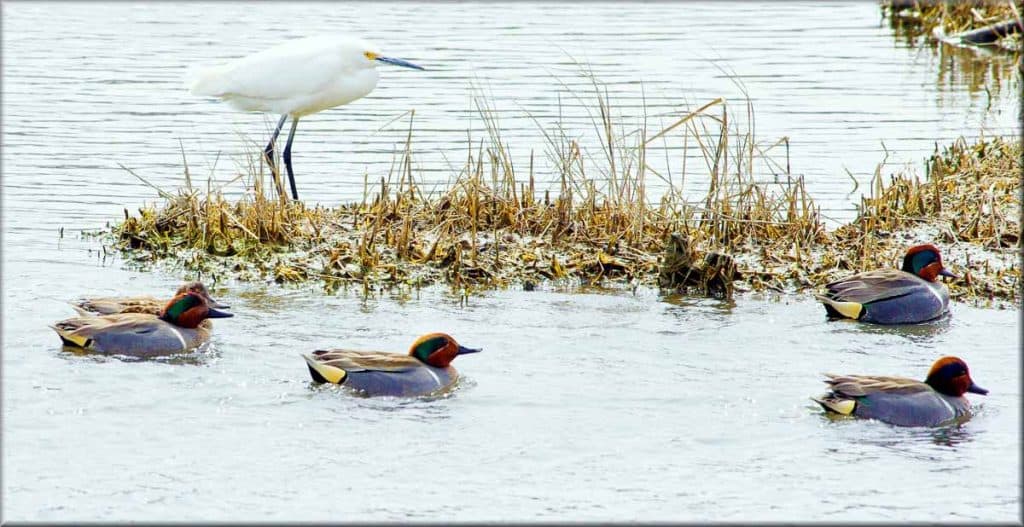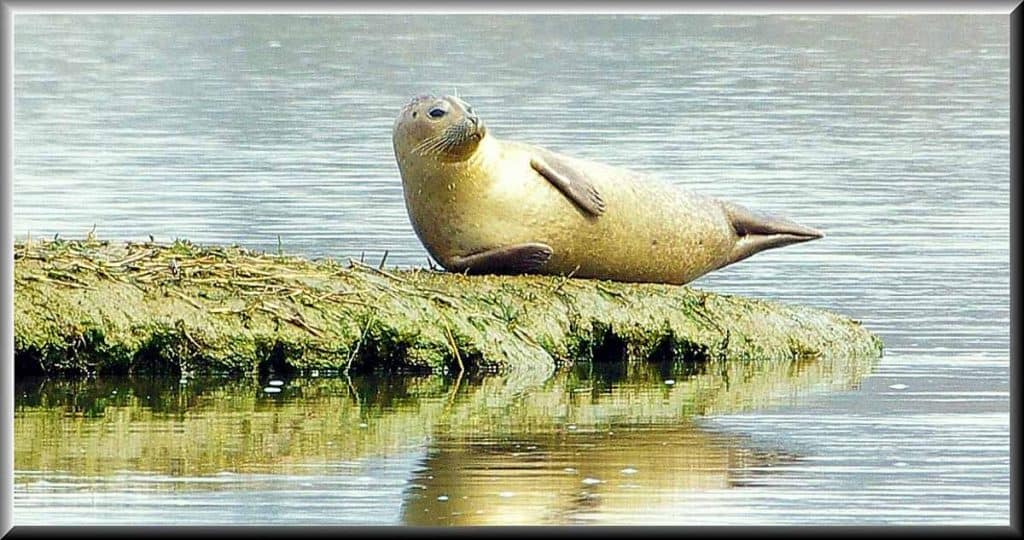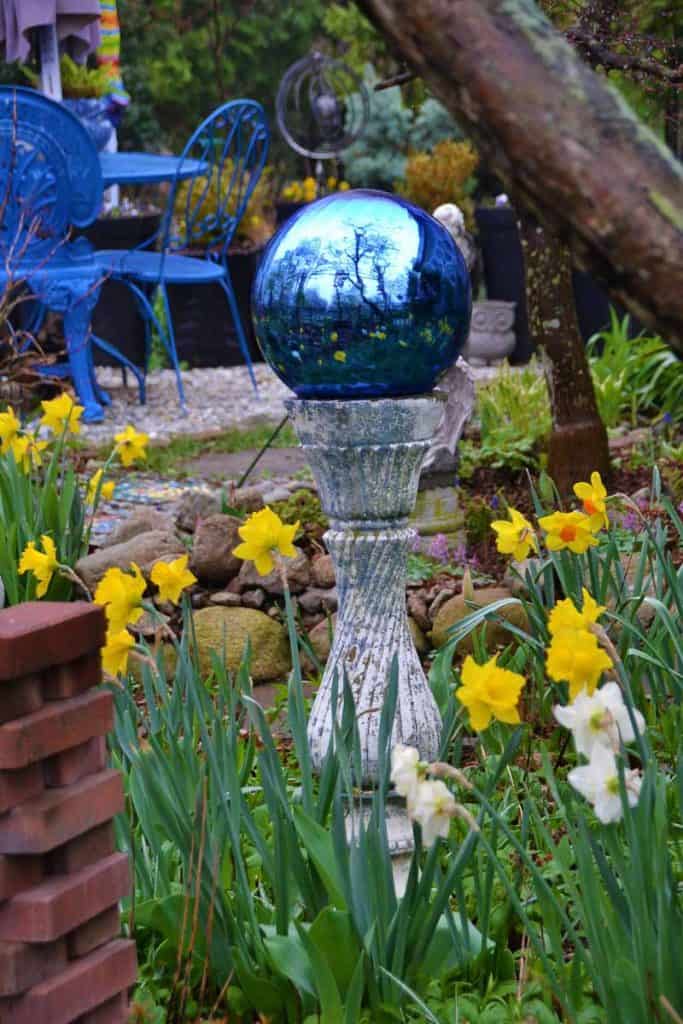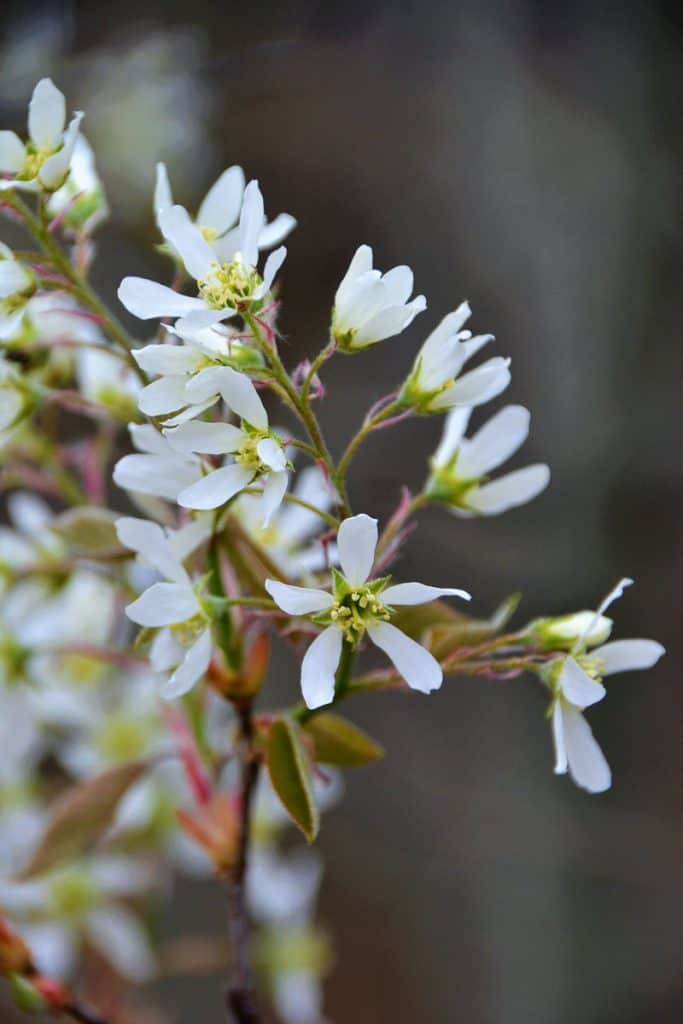Here’s what’s blooming in town this week to make your walks more enjoyable
This column debuted on April 24, 2020, so is approaching its third birthday! Tomorrow is Earth Day, and in some circles the entire month of April is known as Earth Month. Activities that benefit the environment and showing appreciation for the earth and nature are most appropriate ways to celebrate the day. Breakheart Reservation and other Massachusetts state parks will be holding Park Serve Days, and among the activities will be removal of invasive plant species which threaten to crowd out natives. Elsewhere in town groups are cleaning up trash and contributing to the environment in a variety of ways. Afterward, what could be better than relaxing in a flowering garden!
The snowy egret (Egretta thula), which is seen in the Saugus River and off the coast in our area, is a bird that was once greatly reduced in number due to the fashion of using their feathers on ladies’ hats. Near the end of the 19th century, two Massachusetts women, Harriet Lawrence Hemenway and her cousin Mina Hall, began holding teas to convince other society ladies to eschew the use of feathers and sometimes whole birds as fashion accessories. Eventually the movement resulted in laws protecting birds, and the establishment of Audubon sanctuaries in Massachusetts and elsewhere. Egret populations have rebounded since then, and they are among the delightful birds seen here spring through fall.
Seen sharing the waters with the egret in the photo above is an American teal (Anas caroliniensis). They are migratory ducks, moving north in the spring. They eat seeds of several shoreline plants, especially sedges (Carex spp.) and nutgrasses (Cyperus spp.).
A pair of ospreys (Pandion haliaetus) has returned to nest along the bike trail and are rebuilding their nest at this time of year. Charlie Zapolski has been enjoying watching them at their activities, and I have been lucky enough to see them in their nest several mornings this week. Since their primary prey are fish, and they are also known as fish hawks, they are usually seen near the Saugus River or sometimes along the Pines River at our border with Revere. Like other birds of prey, osprey had been at risk due to pesticides like DDT that weakened the shells of their eggs, but since the 1970s when that chemical was banned, their numbers have increased.
Several people saw a harbor seal (Phoca vitulina) earlier this month. Charlie Zapolski caught a great picture of the seal basking in the sun near the Saugus River. Harbor seals inhabit a large area of the Atlantic: as far south as the Carolinas and well up into Canada, the coast of northern Europe, and the arctic circle. Some seals migrate south as cold weather approaches, and “our” seal may have been heading back northward for the spring breeding season. While pollution and some fishing activities have at times caused harm to seals, and, of course, they are a common prey of sharks, the seal population is at this time pretty robust. They are protected by the Marine Mammal Protection Act, and people are advised not to disturb them unless the individual seal is seen to be in danger or ill.
One of the signs of spring that had special significance to native Americans and colonists was the blooming of shadblow, also known as serviceberry and Juneberry (Amelanchier spp.). The common name shadblow came about because the shad, an important early spring fish, would be arriving in the rivers at the time this flower bloomed. There are several species of this shrub native to various parts of the United States and several are available in nurseries.
Editor’s Note: Laura Eisener is a landscape design consultant who helps homeowners with landscape design, plant selection and placement of trees and shrubs, as well as perennials. She is a member of the Saugus Garden Club and offered to write a series of articles about “what’s blooming in town” shortly after the outbreak of the COVID-19 pandemic. She was inspired after seeing so many people taking up walking.







